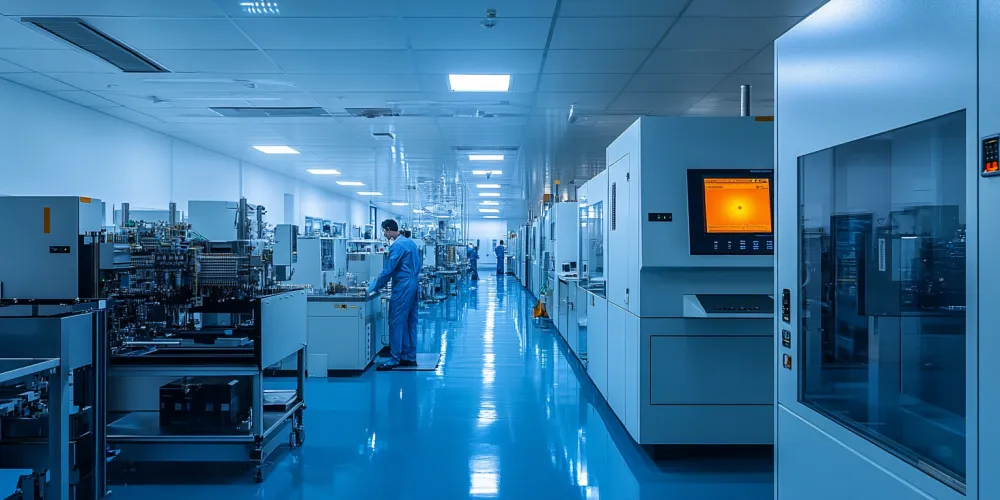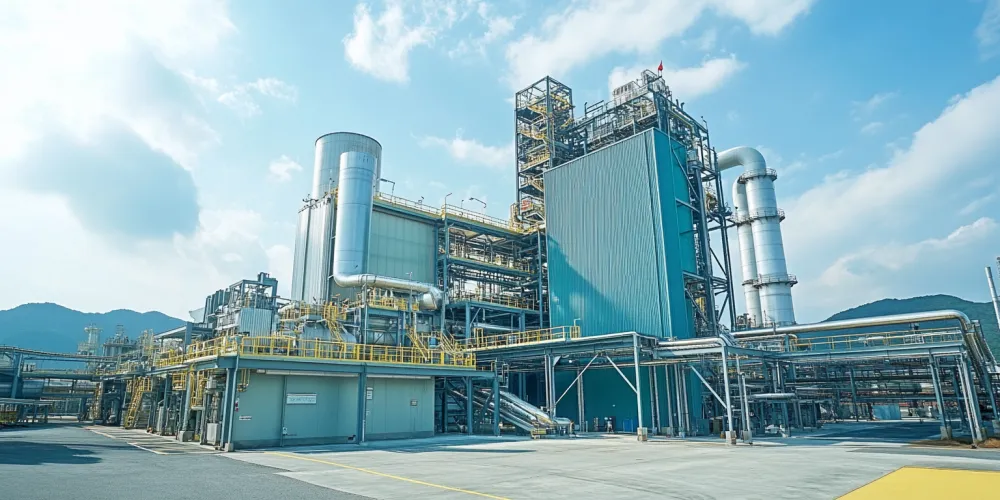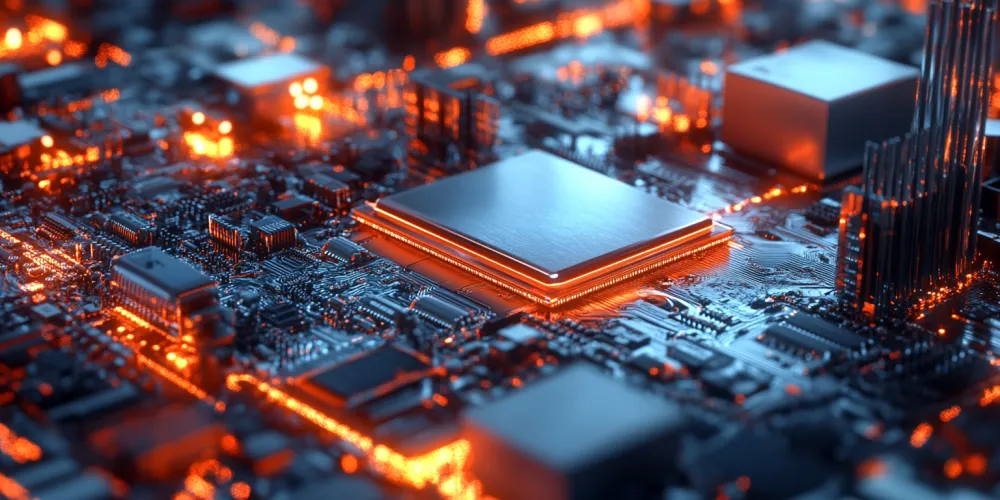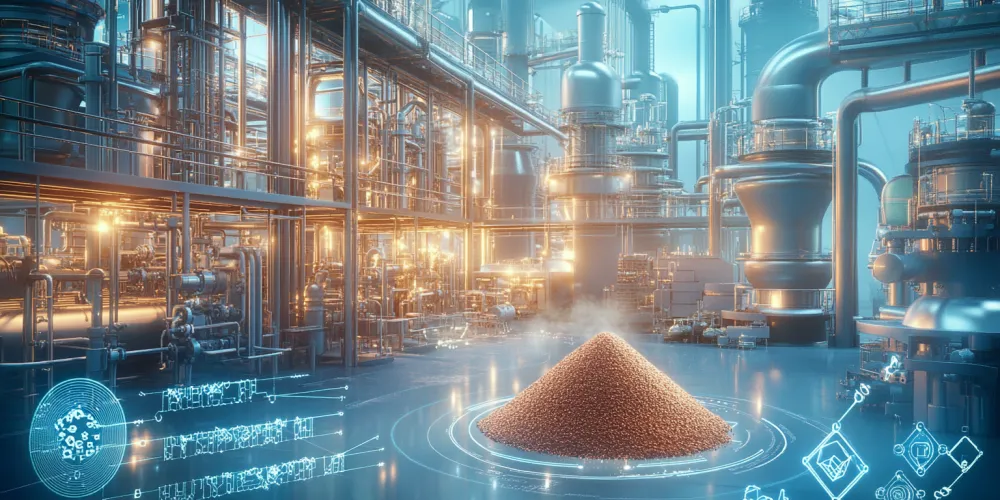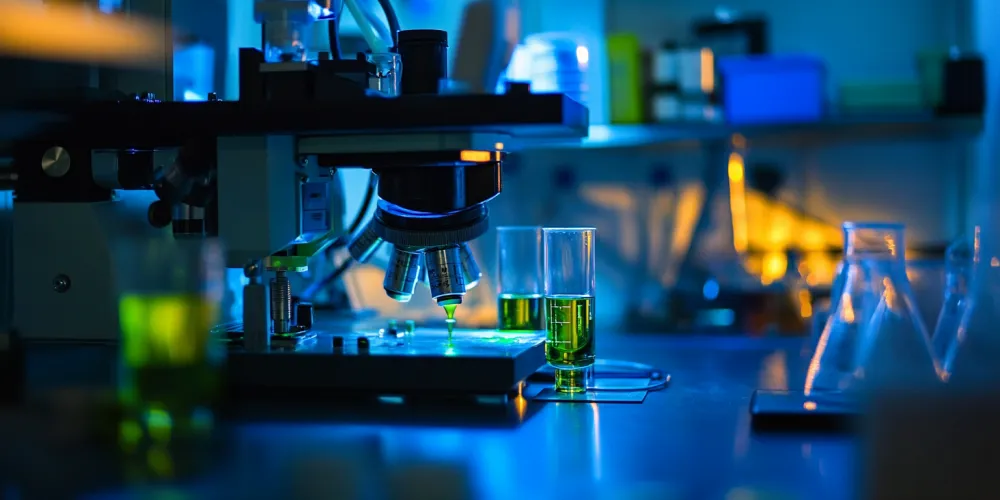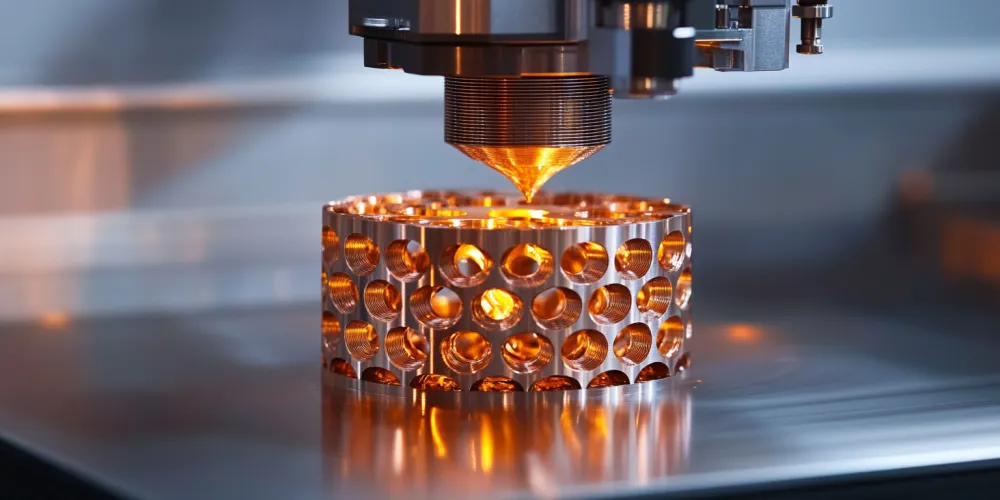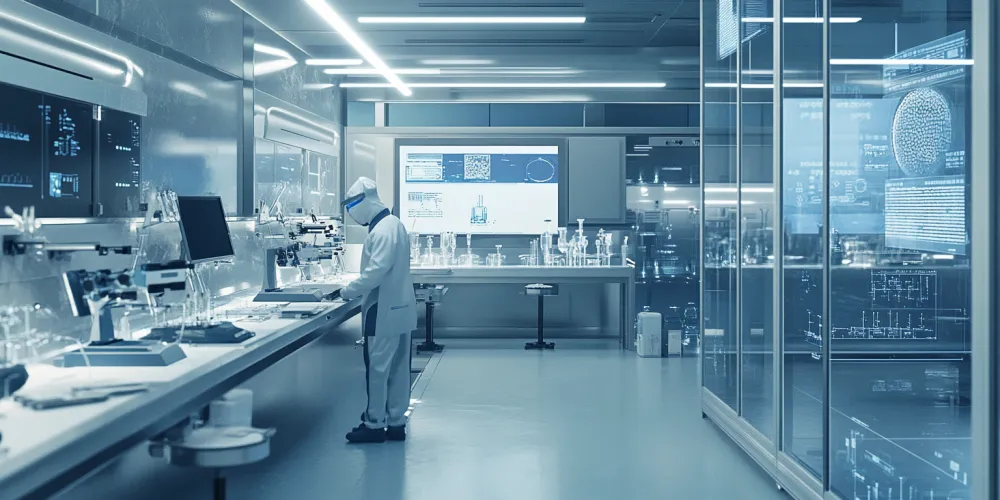Advances in Recycling Technology Promote the Development of Copper Powder Circular Economy
Last updated on August 12, 2024
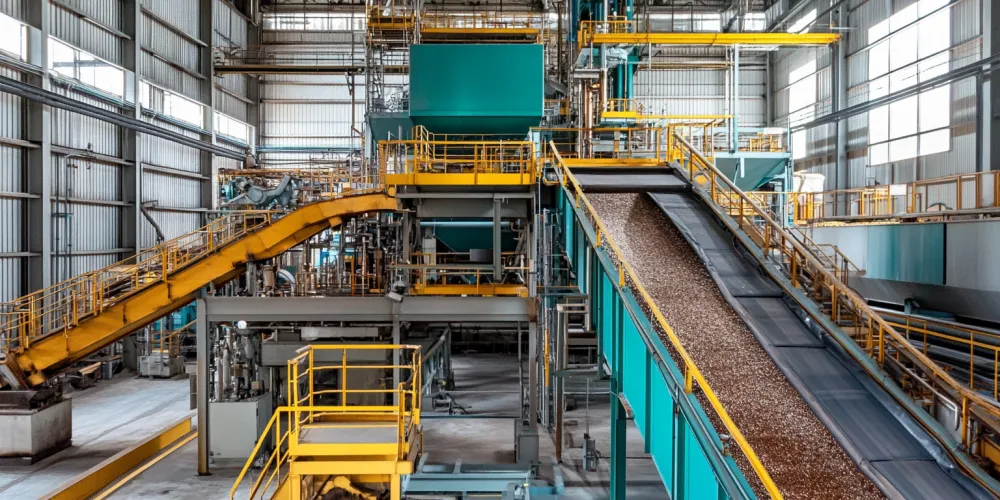
Introduction: The Importance of Circular Economy
"The circular economy is not just a business model; it's our commitment to the sustainable development of the planet."
In today's context of increasingly scarce global resources, the concept of a circular economy has become the focus of attention for governments and businesses around the world. The circular economy aims to maximize resource efficiency and minimize waste production, achieving a win-win situation for economic growth and environmental protection. In Taiwan, this concept has been widely recognized and practiced. As an island nation with limited resources, developing a circular economy is not just an option but a necessity. In many industries, the metallurgical industry, due to its high energy consumption and pollution characteristics, requires active transformation and sustainable development.
As an essential industrial raw material, the advancement of copper powder recycling technology is crucial in promoting the circular economy in the industry. In recent years, with technological progress and increased environmental awareness, copper powder recycling technology has made significant strides. This not only greatly improves resource utilization but also significantly reduces production costs, creating new profit growth points for enterprises.
Recent Advances in Copper Powder Recycling Technology
"Innovation is the inexhaustible driving force for industry progress, and in the field of recycling, every technological breakthrough brings us closer to our sustainable development goals."
In recent years, significant breakthroughs have been made in copper powder recycling technology, mainly in the following areas:
- Efficient Separation Technology:
- Magnetic Separation: Rapid separation of impurities from copper-containing materials using strong magnetic fields.
- Electrostatic Separation: Precise separation of different components through electrostatic adsorption principles.
- Flotation Technology: Efficient recovery of copper powder by utilizing differences in material surface properties.
- Refining and Purification Technology:
- Electrolytic Refining: Removing impurities through the electrolysis process to improve copper powder purity.
- Chemical Precipitation: Selective precipitation of target components through chemical reactions.
- Vacuum Distillation: Removal of low boiling point impurities in a high-temperature vacuum environment.
- Energy Saving and Emission Reduction Technology:
- Waste Heat Utilization: Recycling waste heat in the smelting process to improve energy efficiency.
- Waste Gas Treatment: Adopting advanced waste gas purification technology to reduce pollutant emissions.
- Wastewater Recycling: Multi-stage treatment to achieve wastewater recycling, reducing water resource consumption.
- Intelligent Control Systems:
- Big Data Analysis: Utilizing big data technology to optimize production parameters and improve recycling efficiency.
- AI Control: Introducing AI algorithms to achieve intelligent management of the production process.
- IoT Applications: Real-time monitoring of the entire process through a sensor network.
The application of these technologies has not only greatly improved the recovery rate of copper powder but also significantly reduced production costs and environmental impact. For example, the combination of efficient separation technology and refining and purification technology has made the recovery process more efficient and precise; the integration of energy-saving and emission reduction technology with intelligent control systems has achieved dual optimization of environmental protection and benefits. This trend of integrated technology development is a key driver for the continuous advancement of copper powder recycling.
The Role of Recycling Technology in Promoting the Circular Economy
"The circular economy is not just an economic model; it is a philosophy of life. It teaches us how to live in harmony with the planet and how to seek balance in development."
The advancement of copper powder recycling technology promotes the development of the circular economy in many ways. It not only changes the traditional production model but also points the way for the sustainable development of the entire industry. Specifically, the application of these technologies mainly promotes the development of the circular economy in the following areas:
- Improving Resource Utilization Efficiency:
- Increased Recovery Rate: New technologies significantly enhance the recovery rate of copper powder, reducing raw material waste.
- Expanding Recovery Scope: Ability to handle more types of waste, expanding the coverage of the circular economy.
- Improving Product Quality: The quality of recovered copper powder is improved, making it suitable for high-end manufacturing.
- Enhancing Environmental Protection Effects:
- Reducing Mining Demand: Reduces dependence on natural resources, mitigating the environmental impact of mining.
- Lowering Pollution Emissions: New technologies significantly reduce emissions of waste gas, wastewater, and solid waste during production.
- Saving Energy: Efficient recycling technology reduces energy consumption and lowers carbon emissions.
- Enhancing Economic Benefits:
- Reducing Production Costs: Recycling raw materials is more economical than mining, enhancing corporate competitiveness.
- Creating New Employment Opportunities: The expansion of the recycling industry chain brings new job opportunities.
- Nurturing Emerging Industries: Promotes the development of related industries such as environmental protection equipment manufacturing and technical services.
- Optimizing and Restructuring the Industrial Chain:
- Promoting Industry Collaboration: Waste recycling promotes close cooperation between upstream and downstream industries.
- Driving Technological Innovation: Recycling demand drives continuous innovation in related technologies.
- Optimizing Resource Allocation: Achieves efficient flow and utilization of resources between different industries.
- Enhancing Social Awareness:
- Increasing Environmental Awareness: The promotion of recycling enhances environmental awareness throughout society.
- Promoting Green Consumption: The popularity of recycled products drives consumers towards green choices.
- Promoting Policy Support: Technological advancements provide a practical foundation for government policies.
From a broader perspective, the advancement of copper powder recycling technology is reshaping the entire industrial chain. For example, electronics manufacturers are beginning to prioritize the use of recycled copper powder not only because of its high quality but also because it aligns with their sustainable development strategies. This shift in demand further drives the development of recycling technology, creating a virtuous cycle. Meanwhile, emerging industries around recycling technology, such as R&D, equipment manufacturing, and technical services, are also developing rapidly, injecting new vitality into economic growth.
Additionally, the advancement of copper powder recycling technology has also driven the improvement of related regulations and policies. In recent years, the Taiwanese government has introduced a series of policies to encourage the development of the circular economy, such as the revision of the "Resource Recycling and Reuse Act" and the implementation of the "Circular Economy Promotion Plan." The formulation and implementation of these policies have benefited from the practical foundation provided by technological progress.
Future Outlook and Recommendations
"The future is here, it's just not evenly distributed yet. What we need to do is accelerate this distribution, bringing the concept of sustainable development into every corner."
As copper powder recycling technology continues to advance and its applications expand, we can foresee greater opportunities and challenges in this field in the future. Based on current technology development trends and market demands, our outlook and corresponding recommendations for the future are as follows:
- Technology Development Trends:
- Intelligentization: Artificial intelligence and big data technology will be more widely applied in the recycling process, achieving precise control and predictive maintenance.
- Miniaturization: Recycling equipment will develop towards miniaturization and modularization to meet the needs of different production scales.
- Greenization: More environmentally friendly and energy-saving recycling technologies, such as the application of bio-metallurgy technology, will become the focus of research and development.
- Market Prospects Analysis:
- Demand Growth: With the development of the electric vehicle and renewable energy industries, the demand for high-purity copper powder will continue to grow.
- Industry Integration: More cross-industry collaborations are expected to form a complete circular economy industry chain.
- Internationalization: Taiwanese companies have the opportunity to export advanced recycling technologies to other countries and regions.
- Policy Support Directions:
- Tax Incentives: It is recommended that the government provide tax reductions for companies using recycled copper powder.
- R&D Subsidies: Increase financial support for the research and development of recycling technologies.
- Standard Formulation: Establish stricter quality standards for recycled copper powder to promote industry upgrading.
- Business Development Recommendations:
- Continuous Innovation: Increase R&D investment to maintain a technological leadership advantage.
- Talent Development: Emphasize the training and introduction of professional talent, establishing a complete talent ladder.
- International Cooperation: Strengthen cooperation with leading international companies and research institutions to enhance technological levels.
- Industrial Chain Coordination:
- Upstream and Downstream Collaboration: Strengthen coordination with raw material suppliers and end-users to optimize the entire industrial chain.
- Information Sharing: Establish an industry information platform to promote technical exchanges and resource sharing.
- Standardization Promotion: Promote the standardization of recycled copper powder production and usage to increase market acceptance.
In summary, the development prospects of copper powder recycling technology are broad but also face many challenges. Companies need to remain vigilant and continuously innovate to stay competitive in the future. At the same time, the government, enterprises, and research institutions need to strengthen cooperation to jointly promote the development of this field. Only in this way can we truly achieve a circular economy in the metallurgical industry and contribute more to Taiwan's sustainable development.
As technology continues to advance and its application scope expands, copper powder recycling will undoubtedly become an important force driving the development of the circular economy in Taiwan. We have every reason to believe that in the near future, the concept of "urban mining" will gain wider recognition and practice, turning discarded electronic products into valuable resources rather than environmental burdens. This will not only inject new vitality into Taiwan's economic development but also contribute Taiwan's wisdom to solving global resource shortages and environmental pollution problems. Let us look forward to the arrival of this bright future and work tirelessly to achieve it.
